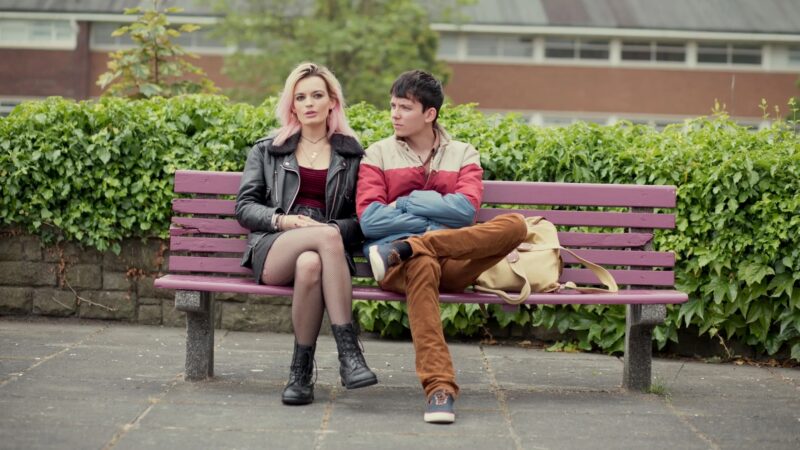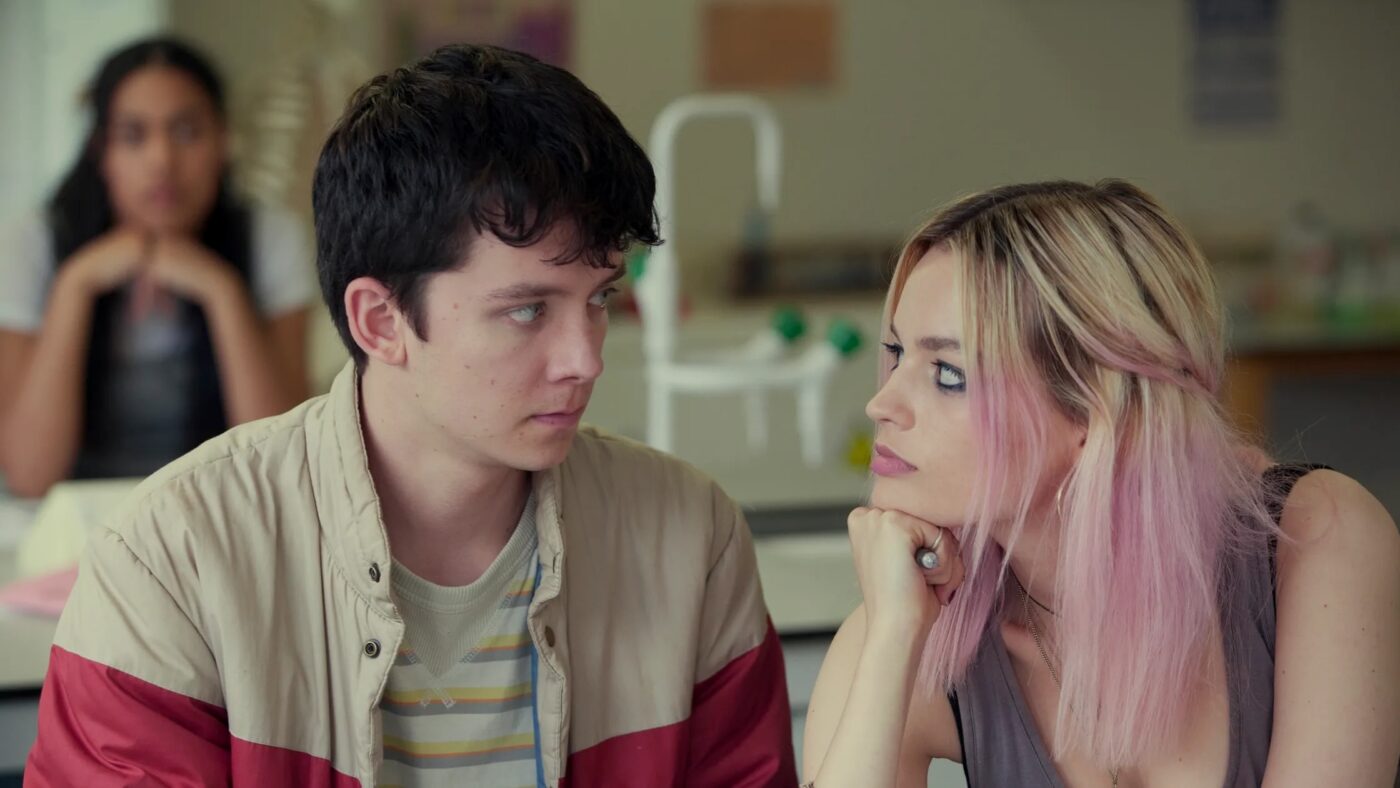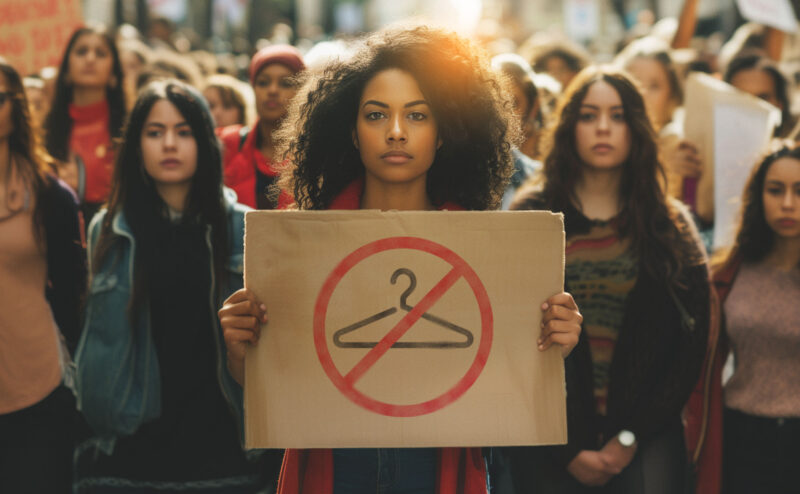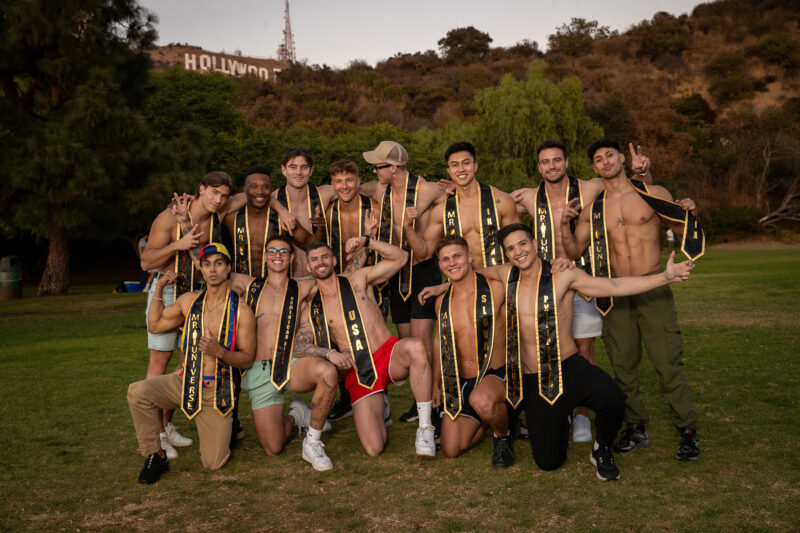Multiple studies share a central finding: Gen Z is having less sex. But explaining why has proven particularly challenging for researchers.
Just 30% of teens in 2021 said they had ever had sex, according to a CDC survey published in 2023. That statistic was down from 38% in 2019 and represented a significant drop from 30 years ago, when more than half of teens reported having sex. Surveys out of UCLA and the University of Chicago reveal similar declines in sexual activity among young people, including a growing number of individuals who hadn’t had sex in the year prior.
The social isolation and transmission scares of the COVID-19 pandemic undoubtedly played a role in the shift. But that’s not the whole story: The “no rush for sex” trend predates and follows the peak of COVID, according to a solid—and growing—body of research. One such study, published in the journal Socius, shows the number of 18-to-23-year old women who reported having casual sex in the last month dropping from 31% in 2007 to 22% in 2017, and from 38% to 24% among men of the same age.
Experts are just beginning to get their arms around the constellation of factors contributing to these trends, including a higher dose of sexual autonomy (particularly among women), exhaustion from social media and online dating, and a much richer set of options to choose from in a more sex-positive culture.
From Puritanism to promiscuity
The American obsession with sex dates back to the restrictive Puritan era in early colonial days, when sex was taboo and chastity was next to godliness. And while we evolved as a culture, adding terms like “promiscuity” to our vocabulary as early as 1834, the subsequent Victorian era put an onus on romance and monogamy. Since then, our relationship to and acceptance of sexuality has been frenetic at best. Sex outside of monogamous marriage was long frowned upon despite many people partaking: single women couldn’t access birth control until 1972.
A “silent” sexual revolution arrived following World War II, with a spike in premarital pregnancies apparent in Census data between the ‘40s and ‘60s. The biggest and most sudden shift in American perspectives on sexuality came, of course, in the 1960s as the feminist movement and sexual revolution drove a marked rise in extramarital sex, more outspoken sexual autonomy for women, and outcry from social conservatives over the dissolution of “family values.” With expanded access to birth control and the passage of Roe v. Wade, sex was safer and less stressful than ever before.
More subtle shifts have happened since. In the last three decades, men engaged in less sex while women grew more daring. But, as more recent studies show, younger Americans are having sex with fewer partners than their Boomer and Gen X elders—while women specifically are defined by so much more than their sexuality.
Today, women navigate a complex web of inputs influencing sexual activity. “With the women’s liberation movement, women are focusing their energy on other things like their career and passions rather than committing themselves to finding a mate,” said Mia Barnes, founder and editor-in-chief at Body+Mind. “Crucially, they’re also living in a time when reproductive health isn’t accessible in every state. If women don’t feel safe asking their doctor questions or accessing sexual or reproductive health services, they may not risk an active sex life without having a partner they trust.”

Sex Education • Photo: Sam Taylor/Netflix.
‘There’s pee in the dating pool’: dating apps and the paradox of choice
Gen Z comprises young adults born between 1997-2012; the oldest among them is 27.
This age group is the first to have grown up with social media, which is well-proven to cause fewer opportunities for physical intimacy, according to Candice Nicole Hargons, associate professor at Rollins School of Public Health at Emory University. Hargons’ book, Good Sex, will be published by Row House February 2025. “If you’re out, you might meet one person in a night… then you come up for air and try again. If you’re swiping on apps, you might be meeting hundreds of people. It’s information overload. By the time they’ve gone through some of the apps, they’re like, ‘I don’t want to do this anymore.’ “Everyone I talk to about this is like ‘There’s pee in the dating pool.’”
That sense of exhaustion was echoed by Kristen Mark, a professor at the Institute for Sexual and Gender Health at the University of Minnesota Medical School. “Dating apps are exhausting and you’re placing expectations on this person. Even if they would have met your expectations in the wild, here you are with this set of expectations and if they don’t meet those, there’s a sense of disappointment… You know that you can go home to a bevy of options [within your dating app]. But it’s a facade of options.”
“Online interactions and prioritizing emotional well-being are absolutely connected,” said Barnes of Body+Mind. “We know that spending time on social media causes increased stress levels, which include virtual communities like dating apps. Ultimately, dating-app overload can reduce a person’s sense of desire. Any exhausting life experience affects your sexual activity and functions.”
The roles of bodily autonomy and a more diverse ‘menu’
In a post-Roe era when 13 states have a total abortion ban, alternatives to intercourse may be more attractive to many women seeking to avoid unintended pregnancies. And many women who came of age during Me Too are more likely than generations past to avoid dangerous situations and casual hookup culture.
“Young people have more sexual autonomy,” Hargons said. “They don’t feel as compelled by peer pressure. They also have more access through social media to sex-positive information.” Hargons pointed out that while many experts decry social media for its dangers, certain accounts, along with other internet resources, can provide a huge amount of comprehensive and accessible sex education. What’s more, it’s possible that some of the questions in surveys about sex have a fairly narrow-minded view of what constitutes sex for today’s young people.
“We can thank the queer population [for the fact that there] are more menu options… that can play a large role in experimentation of different activities,” Mark said. “It used to be like, penetration is the goal. People are way more open to what sex means. The research has not captured that.”
Barnes also pointed to alternative sexual outlets to cisgender, heterosexual sex. “Female masturbation and self-pleasure are generally not seen as ‘gross’ or taboo anymore,” she said. “More women may not feel like they have to seek a partner to experience that kind of pleasure. We are seeing these topics talked about on social media, podcasts, in modern movies, and TV shows, as well.”
There’s more we need to know about how young people view sexuality—and that starts by asking better questions.
“I’d love to know how satisfied people are,” Mark said. “If you’re still satisfied, what is the down side? What does sexual wellbeing, including satisfaction and pleasure, [looks like] for these people? Is masturbation more readily engaged in? Are people getting to know their bodies better before they share them with other people?”
Hargons echoed that sentiment. “I support the decision to have sex, good sex in particular, according to what works well for you and the people involved. Reevaluate what your sexual menu should be and take that time. That’s totally good and totally normal, just as normal as someone who’s feeling their way through in a more active way.”






